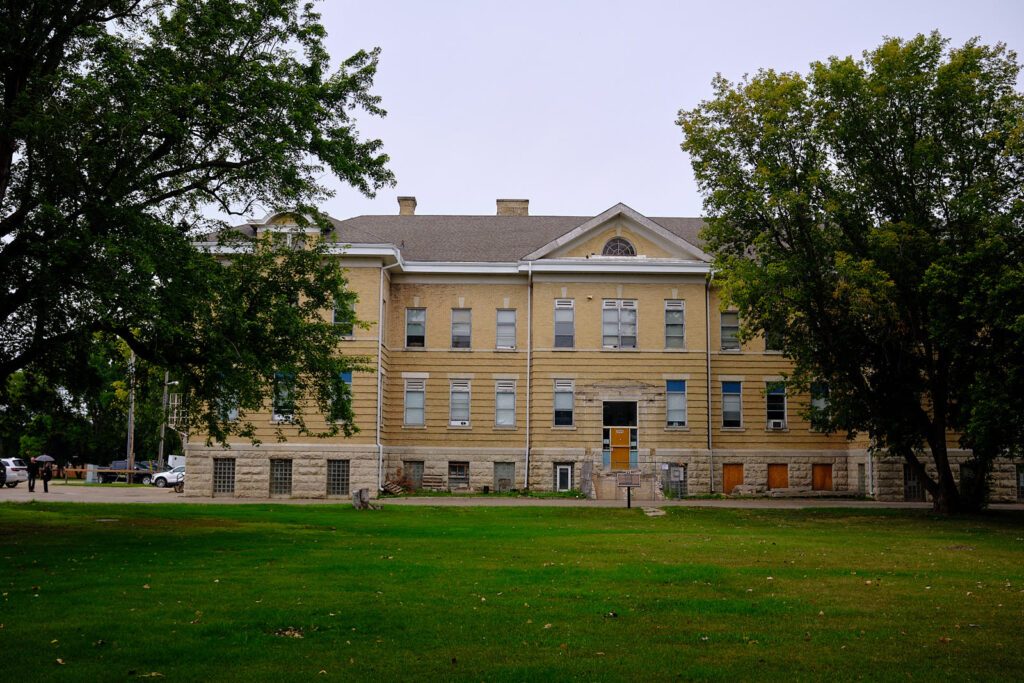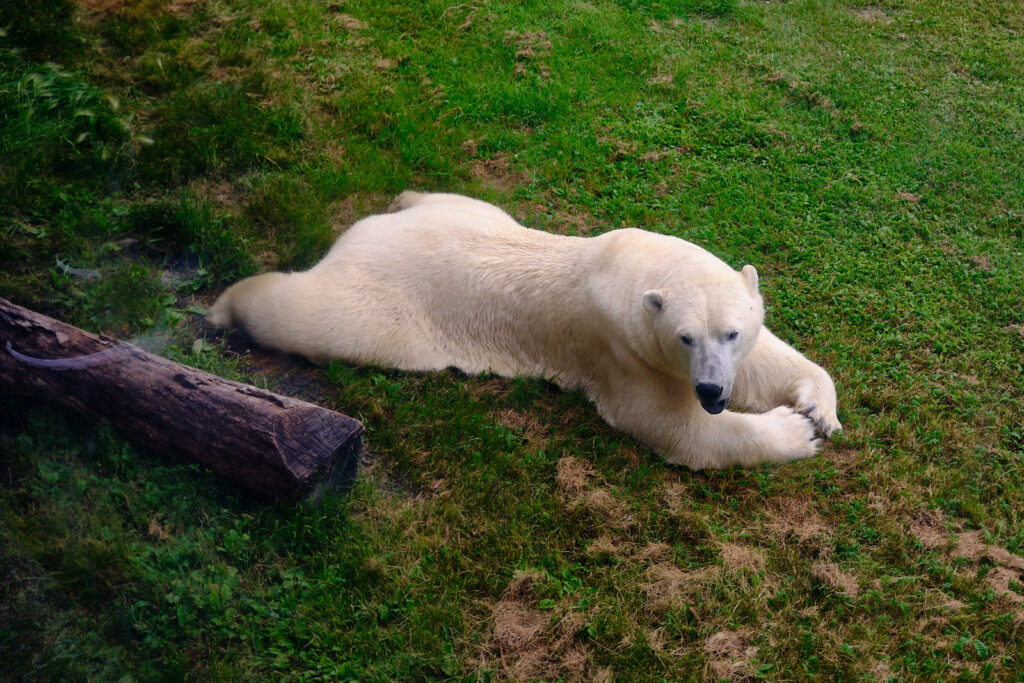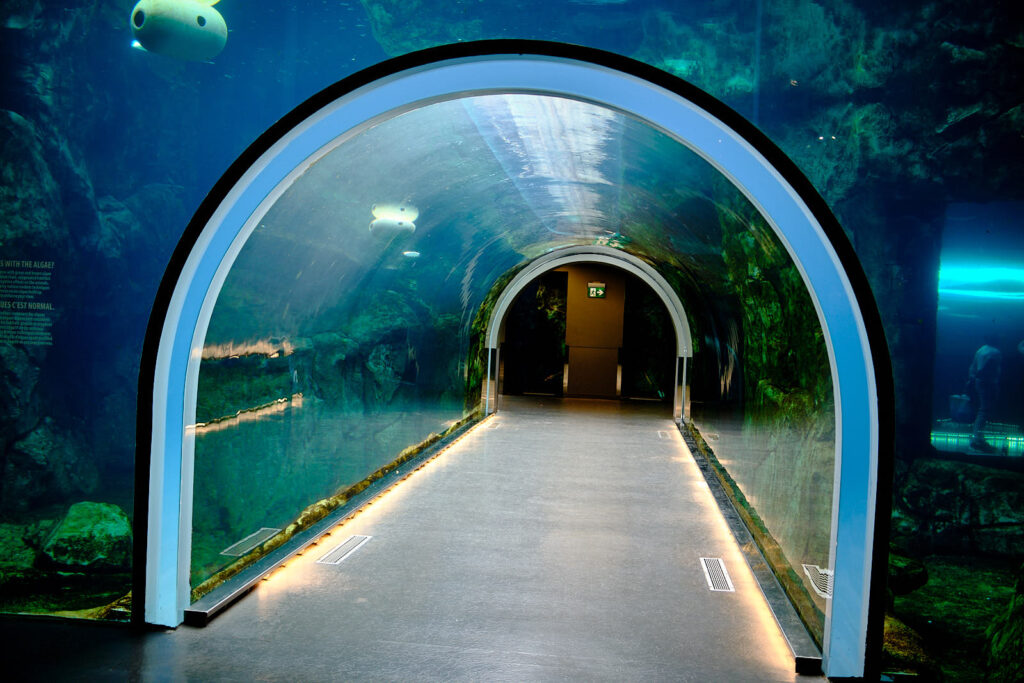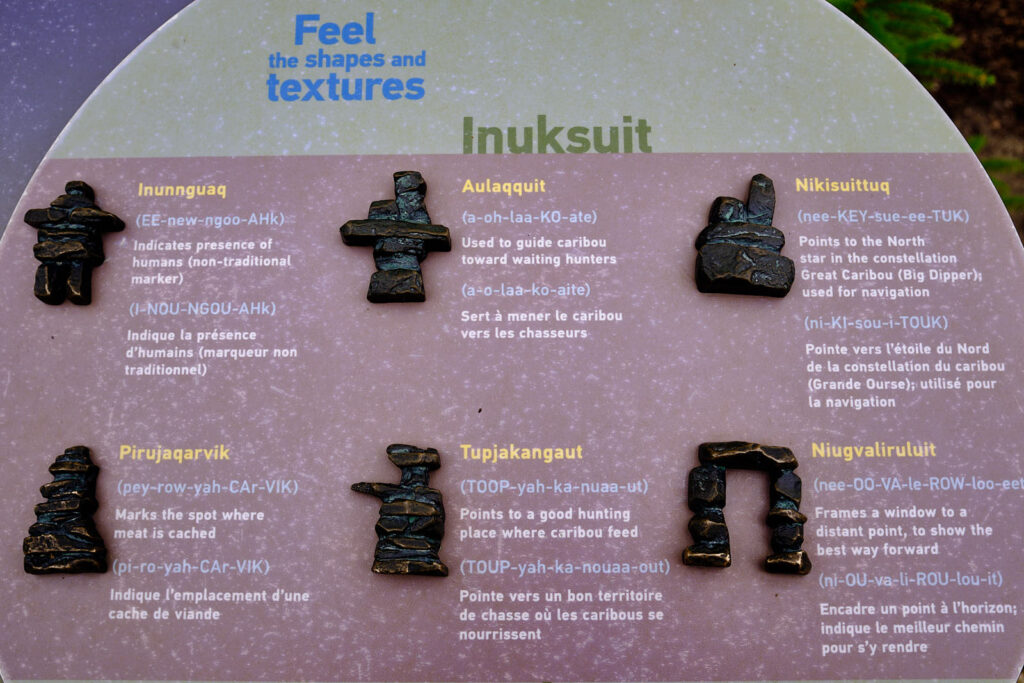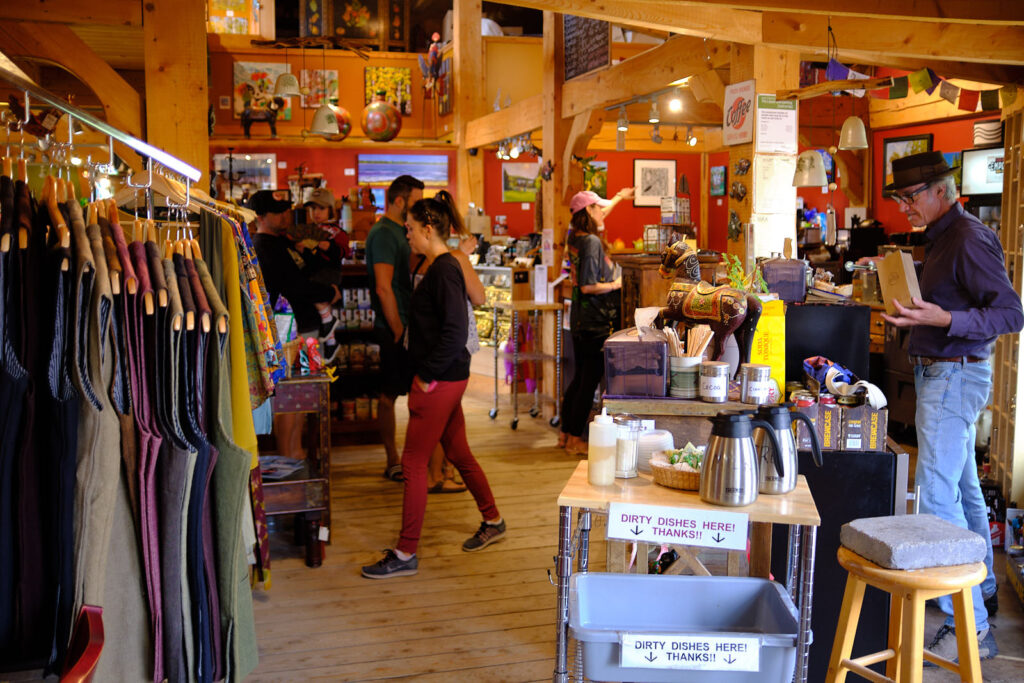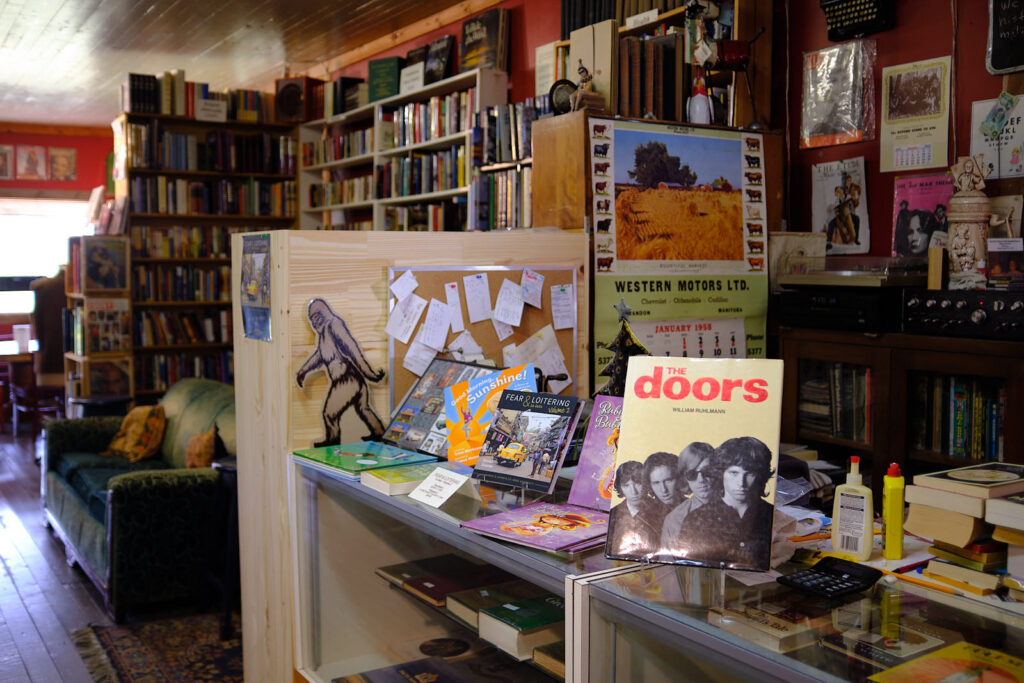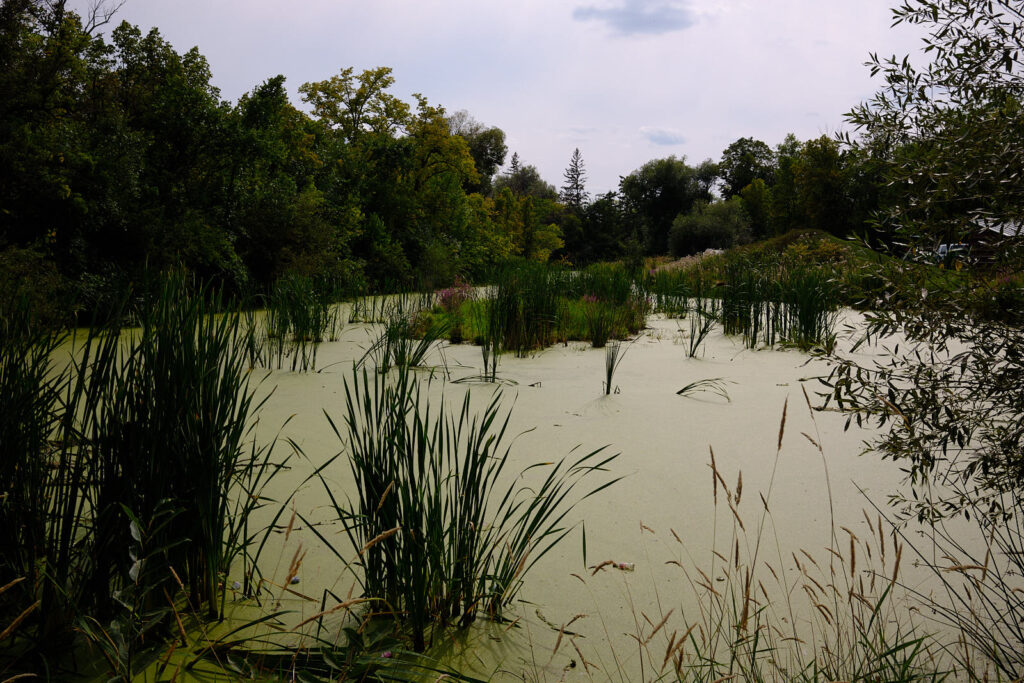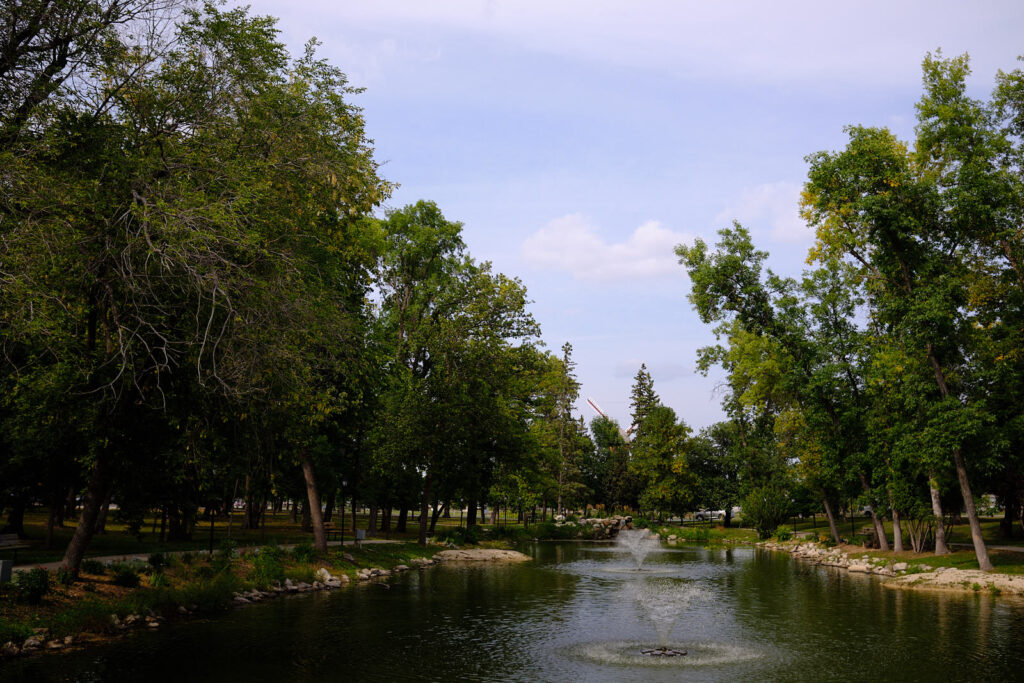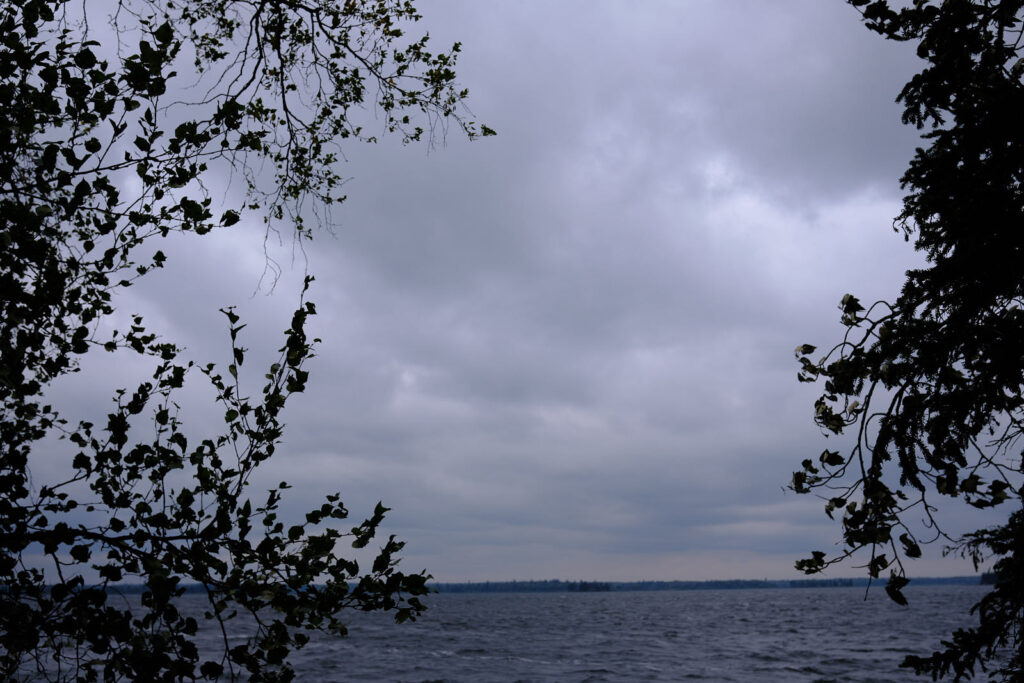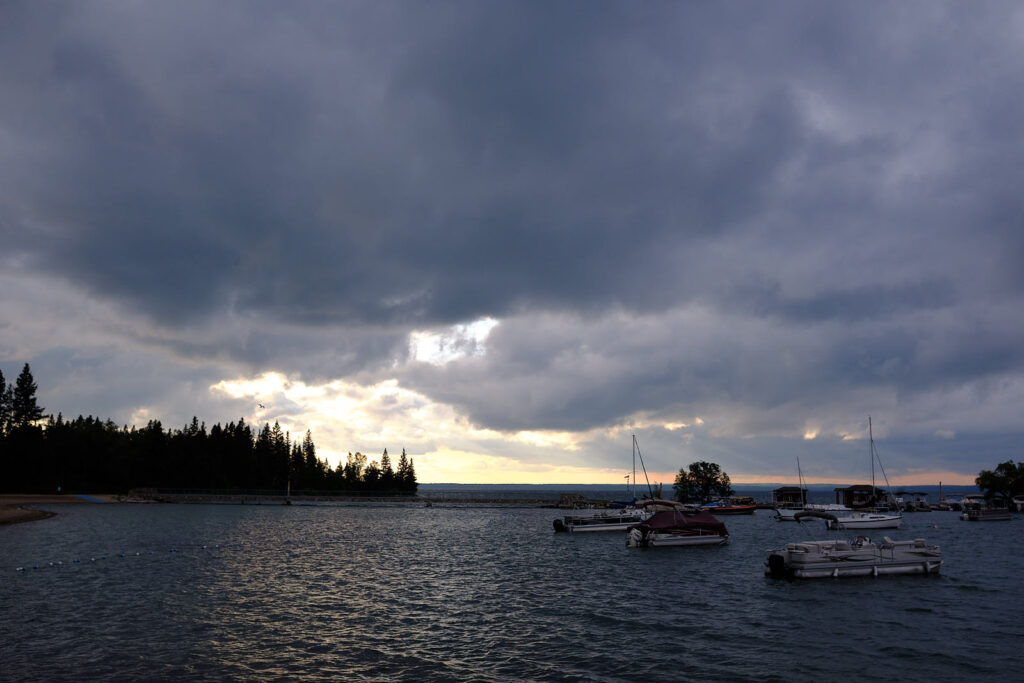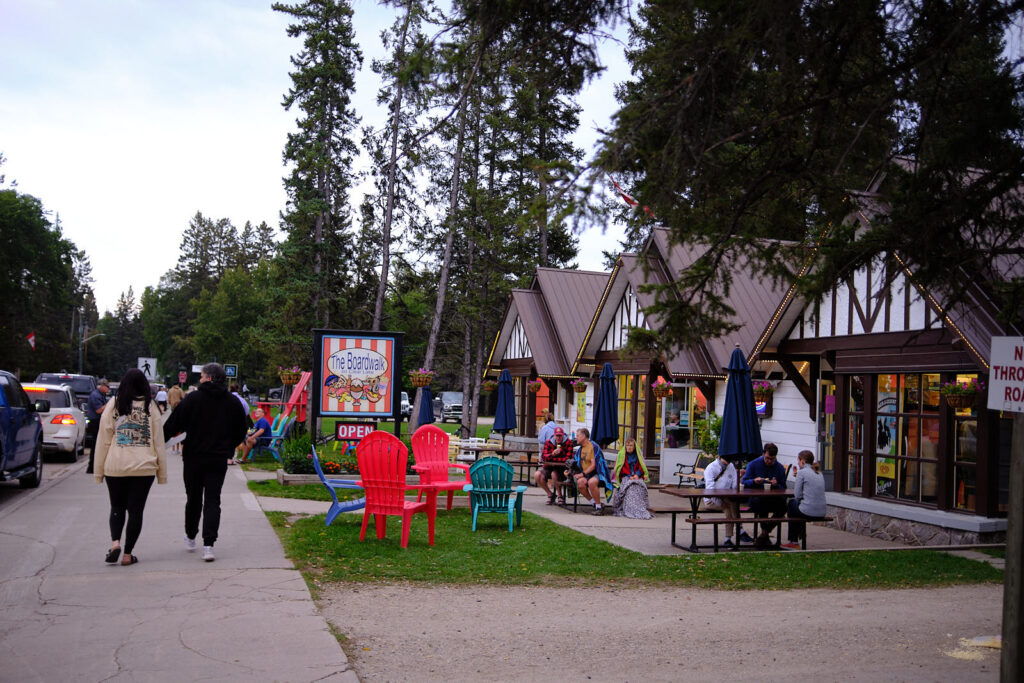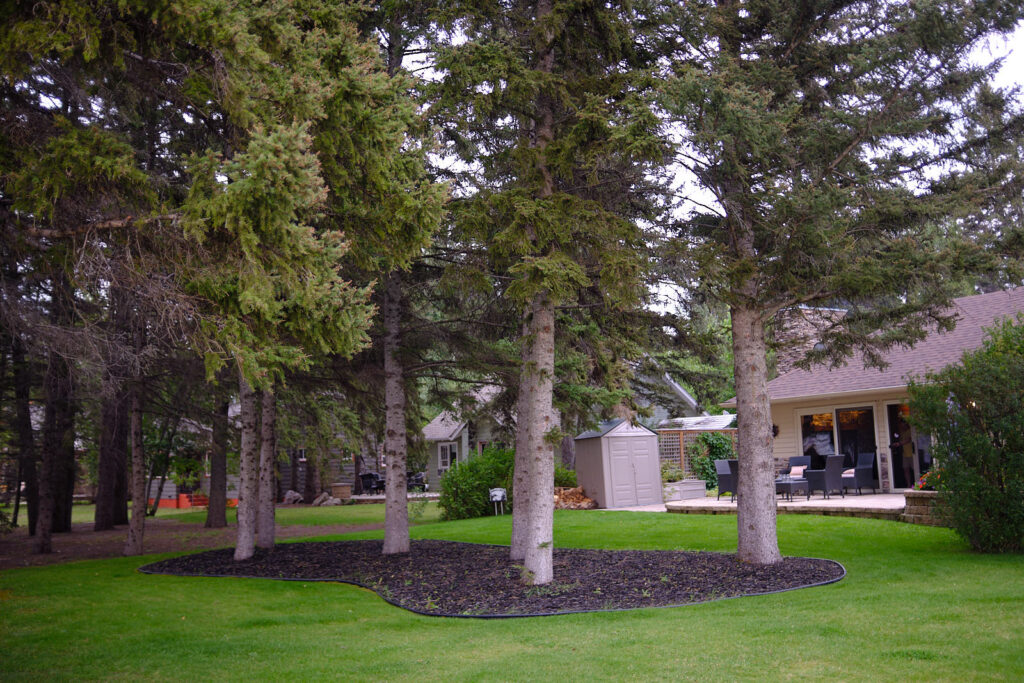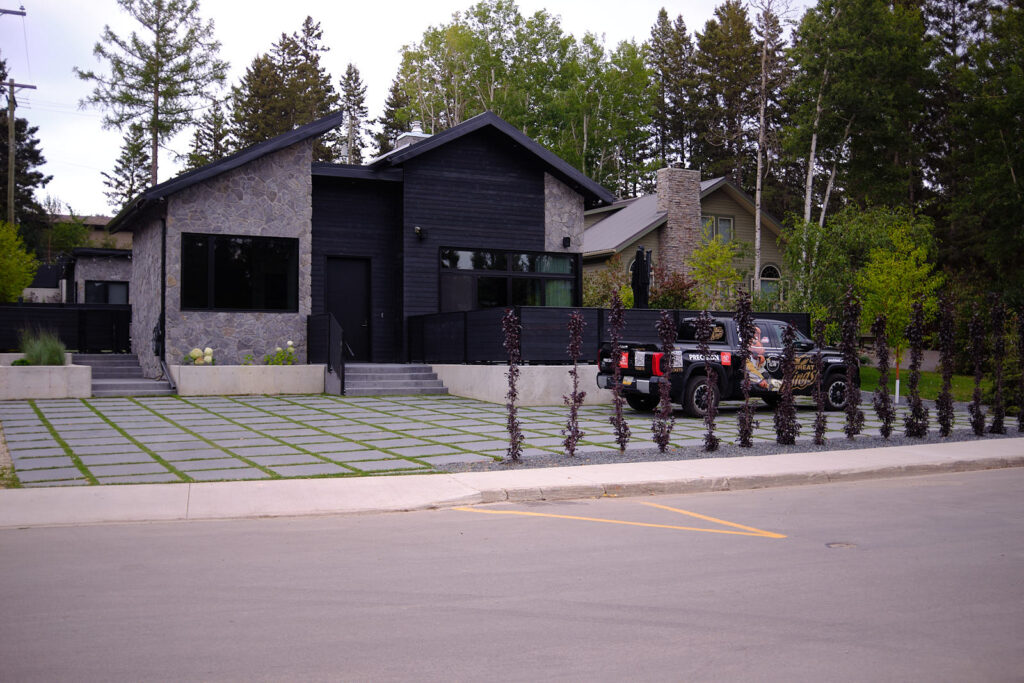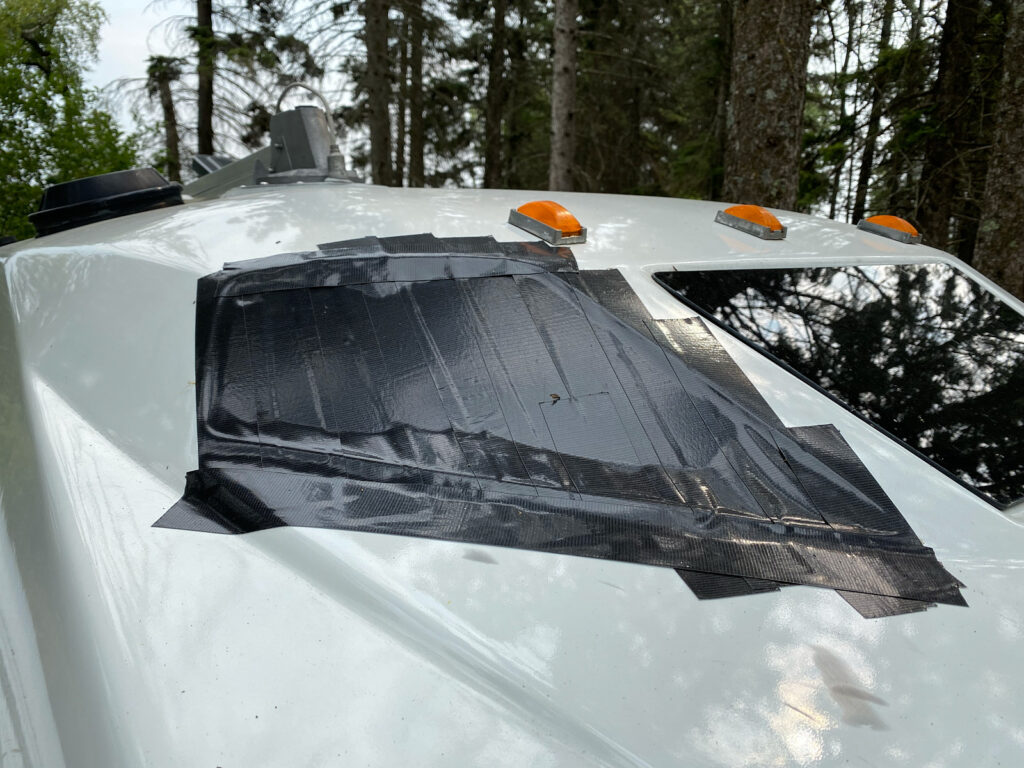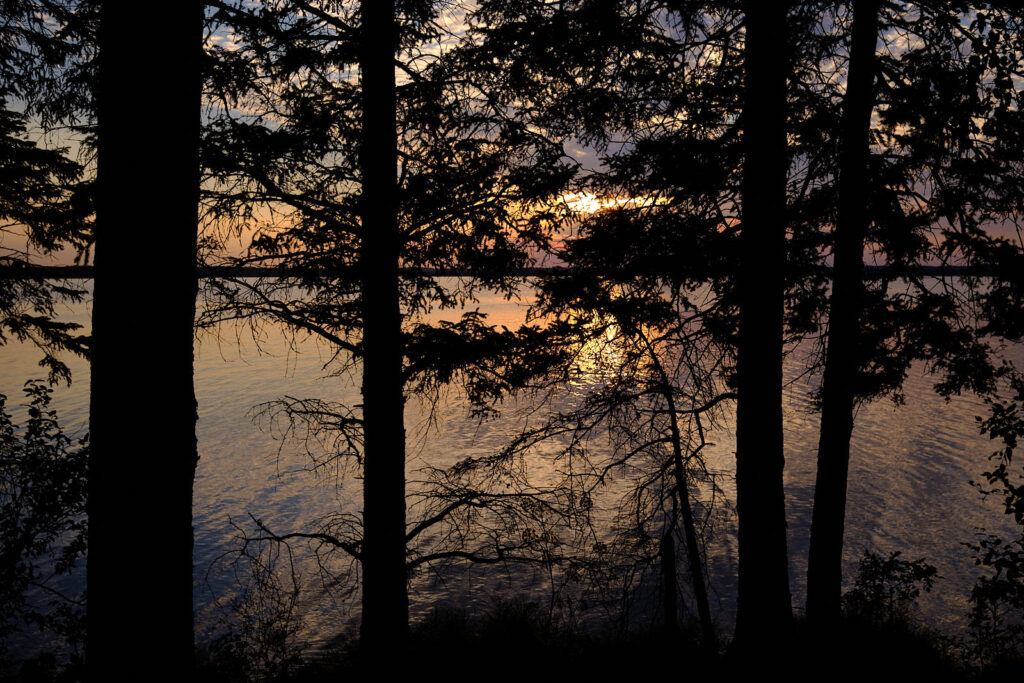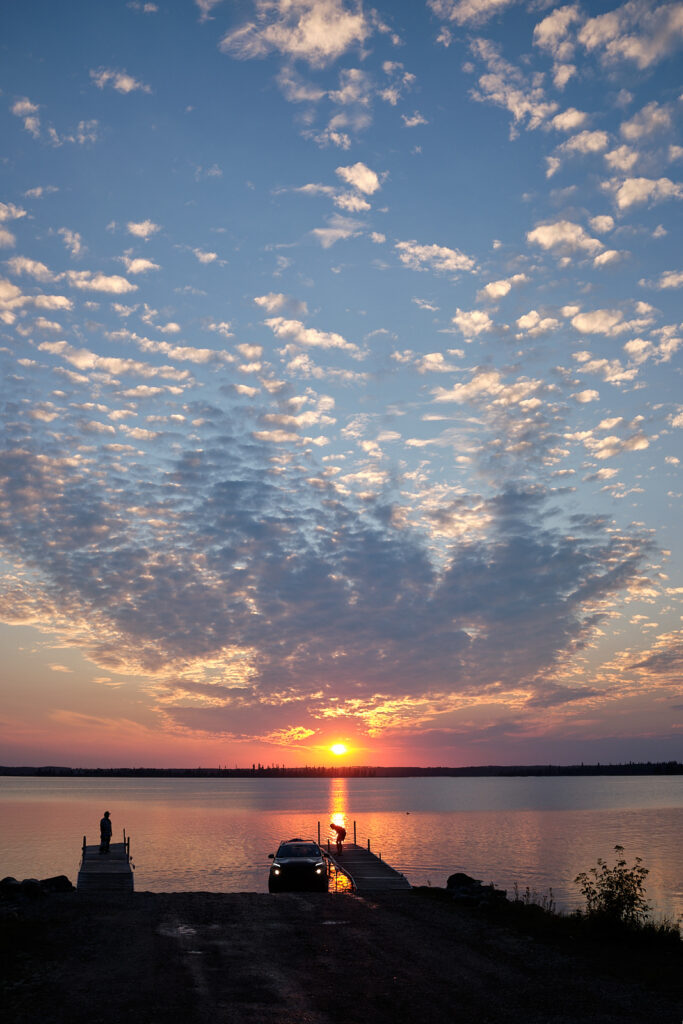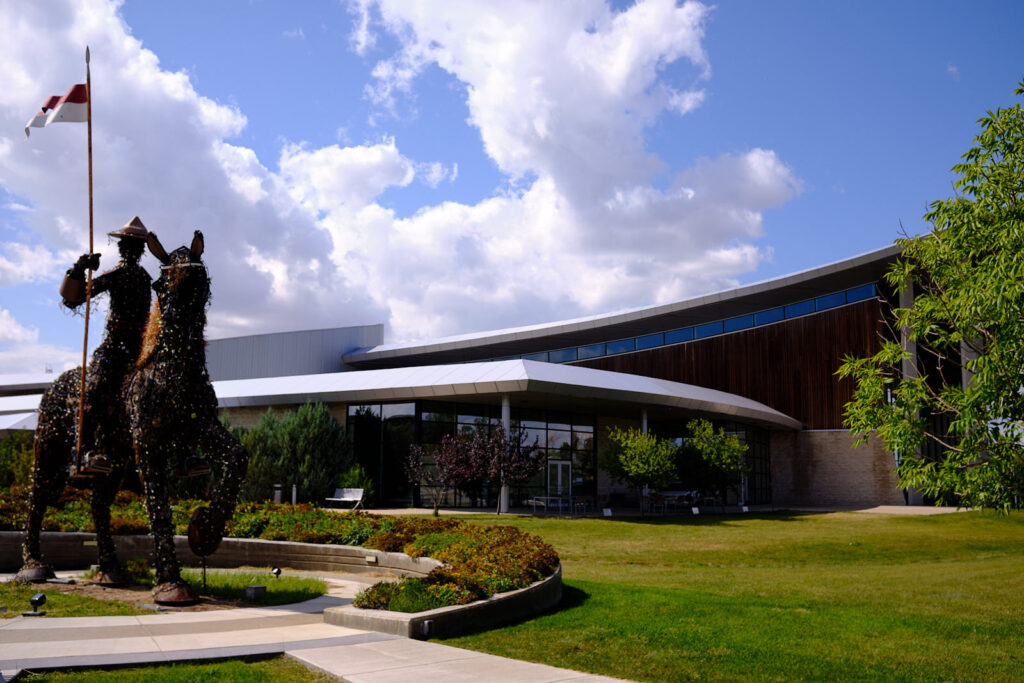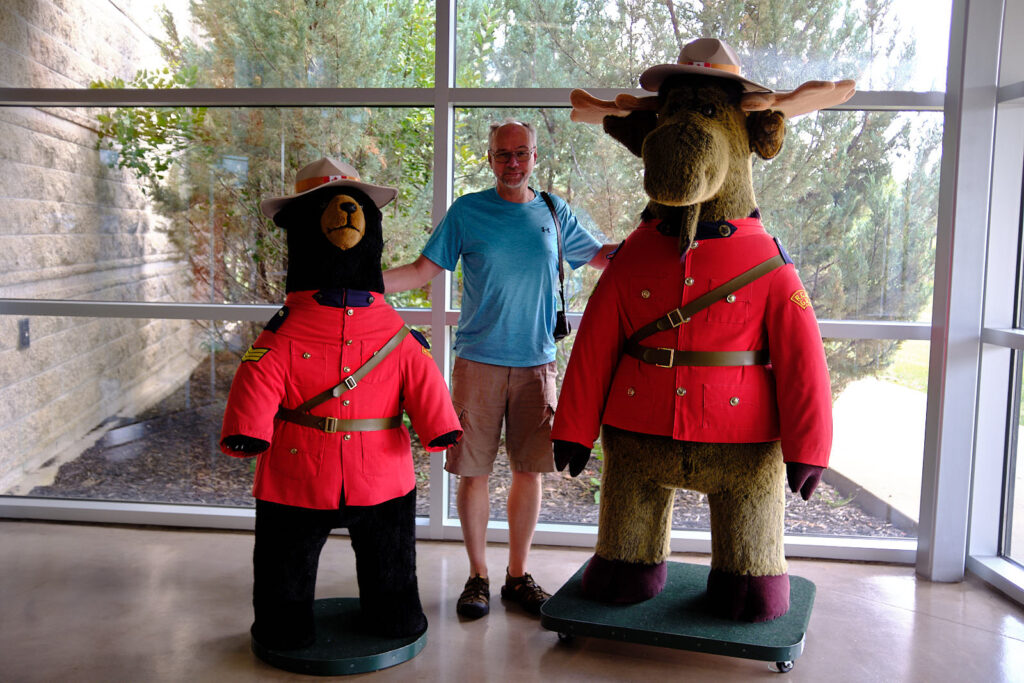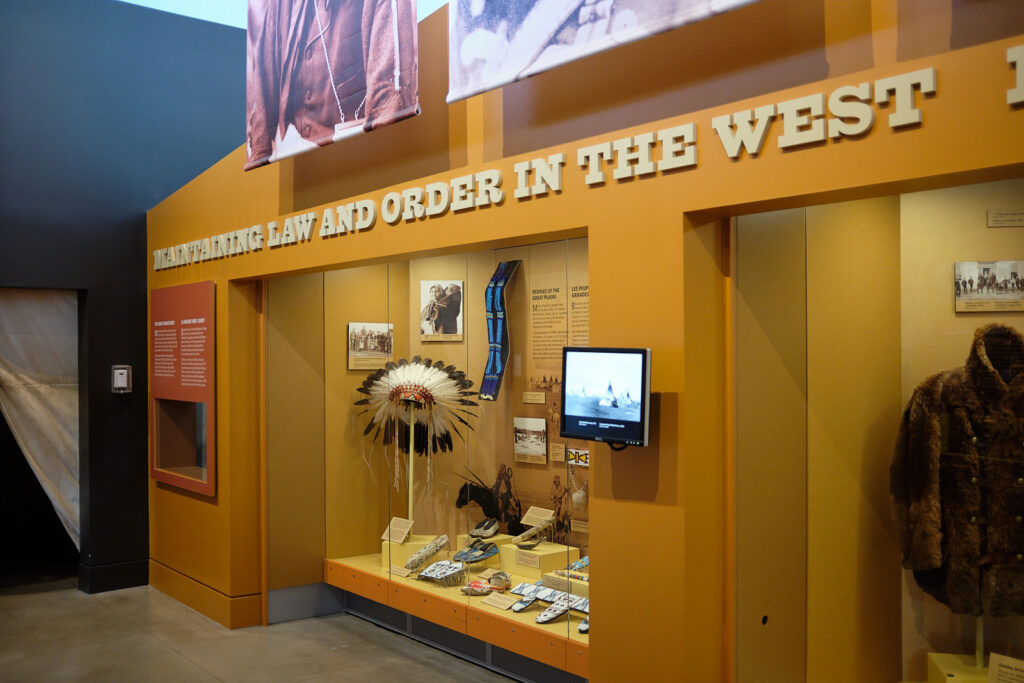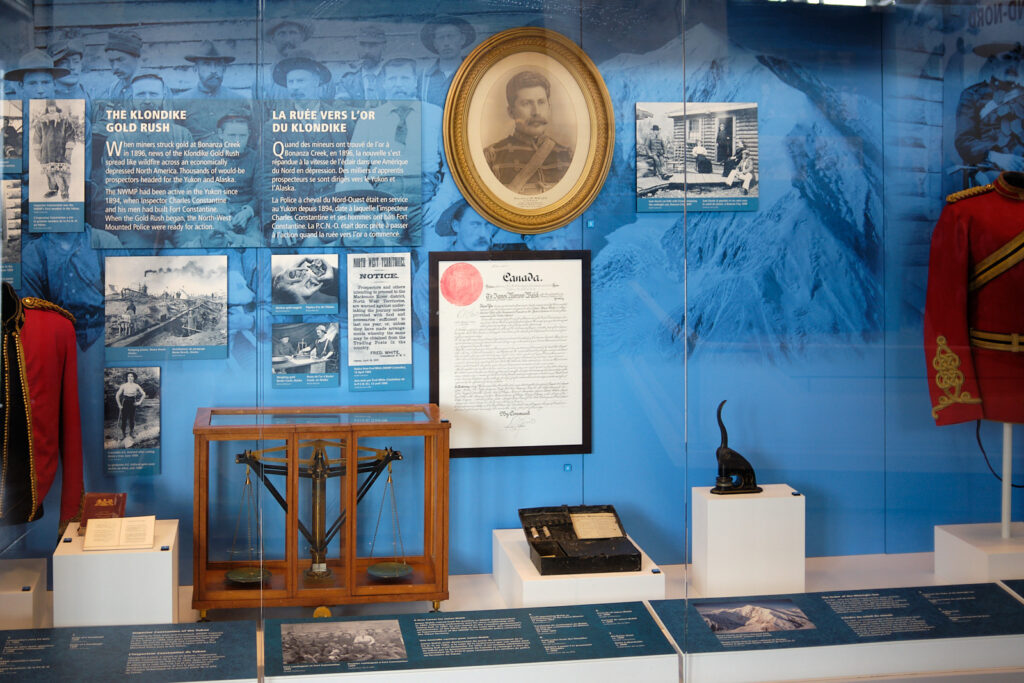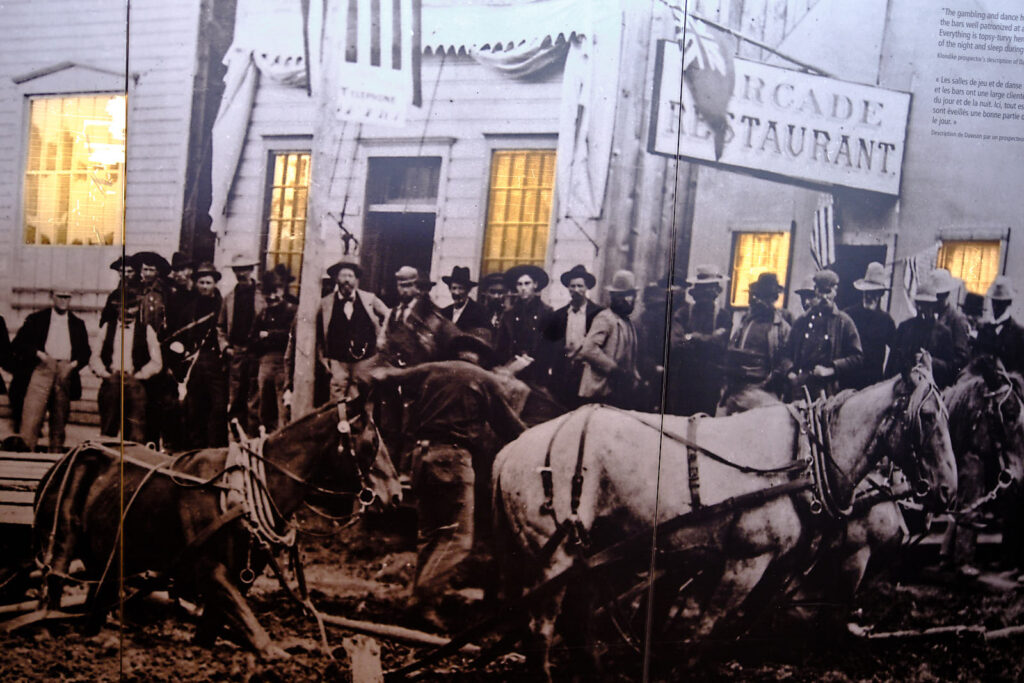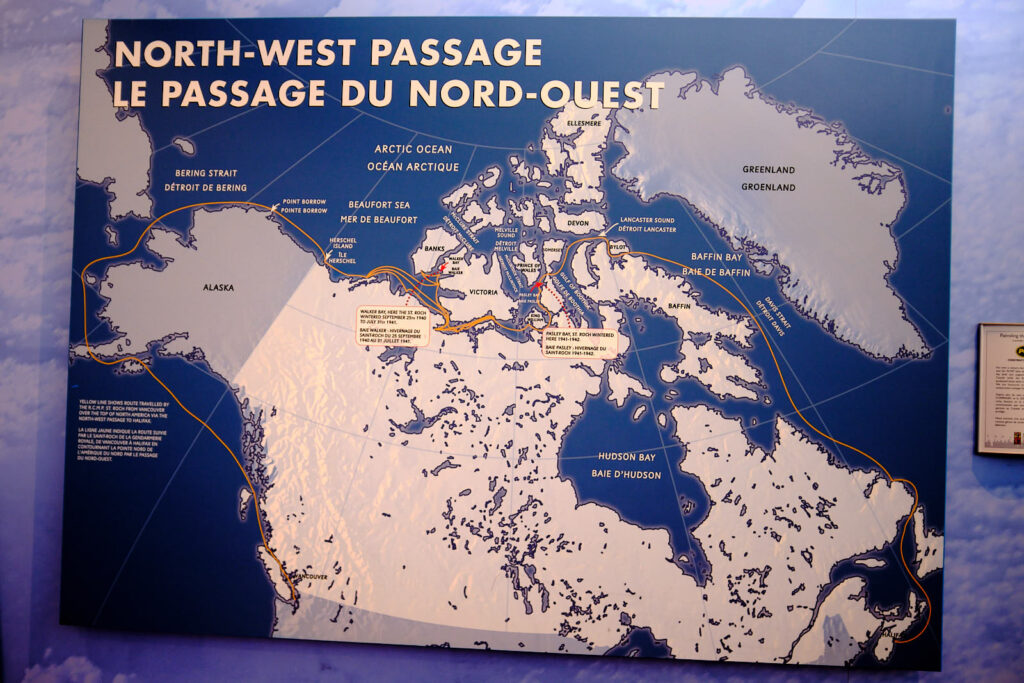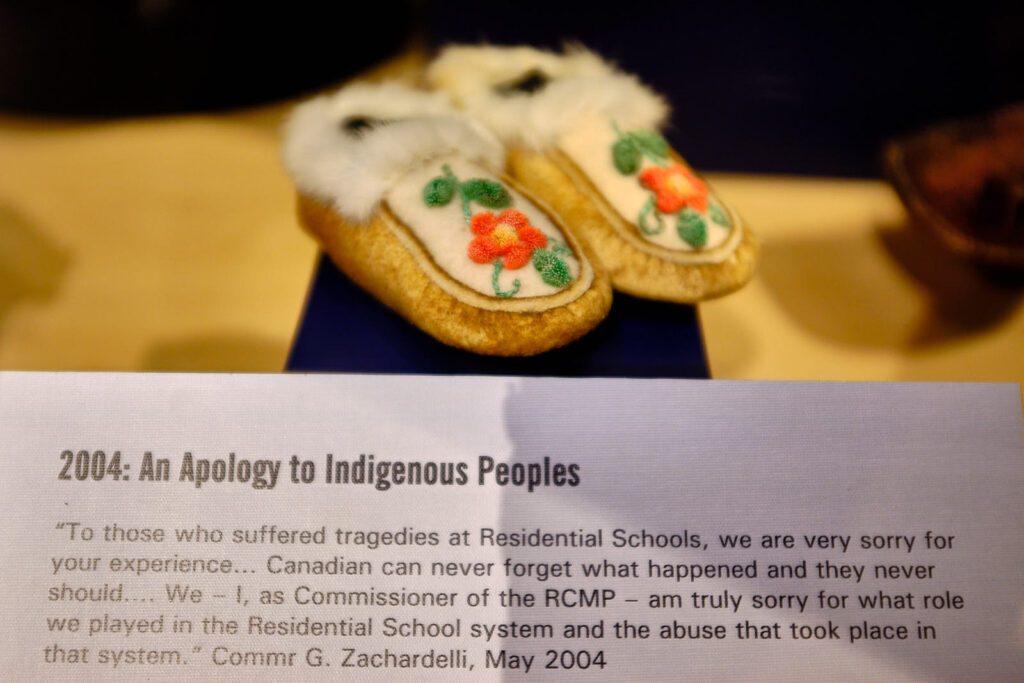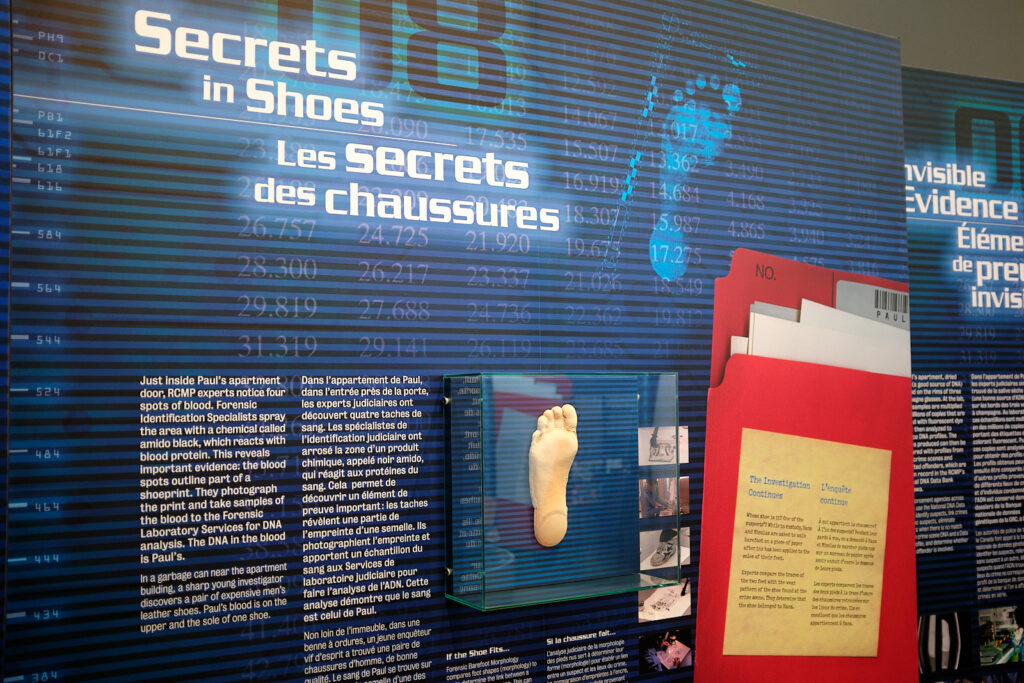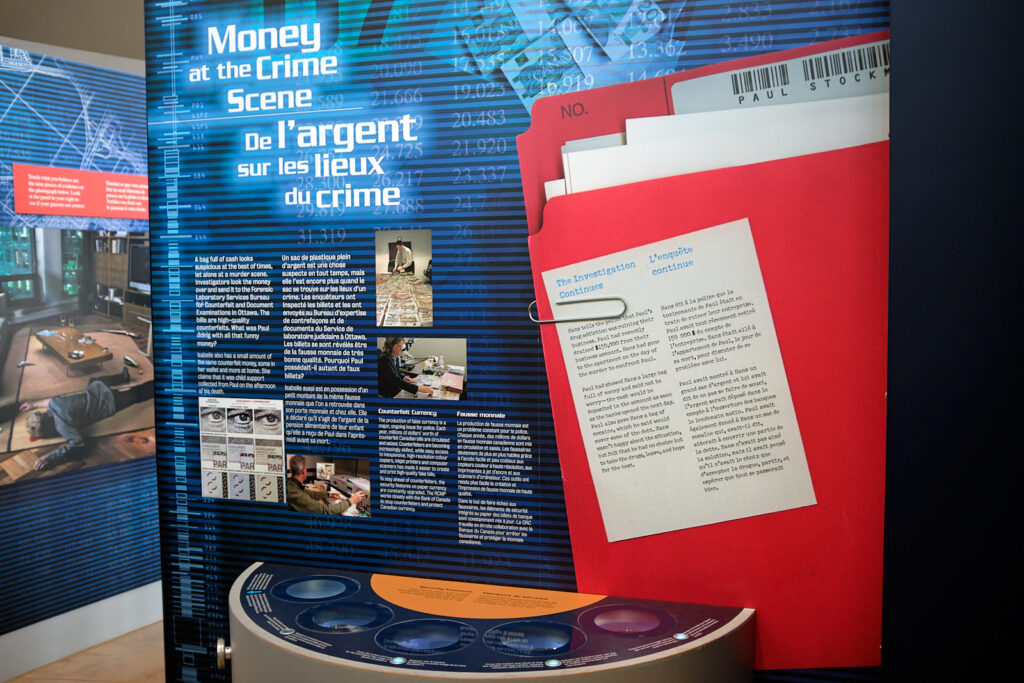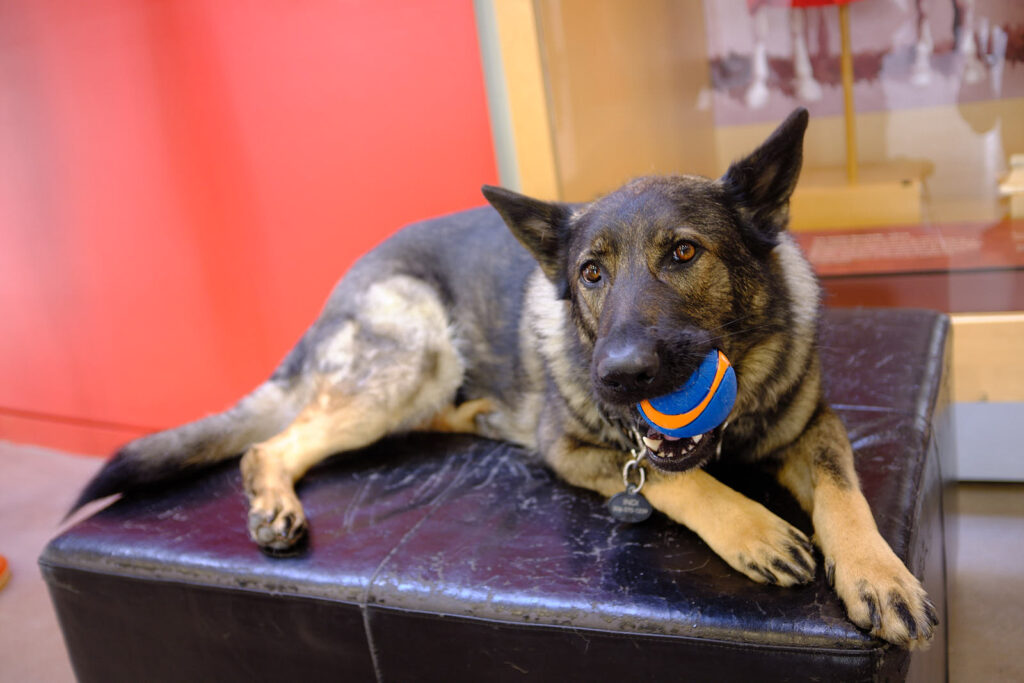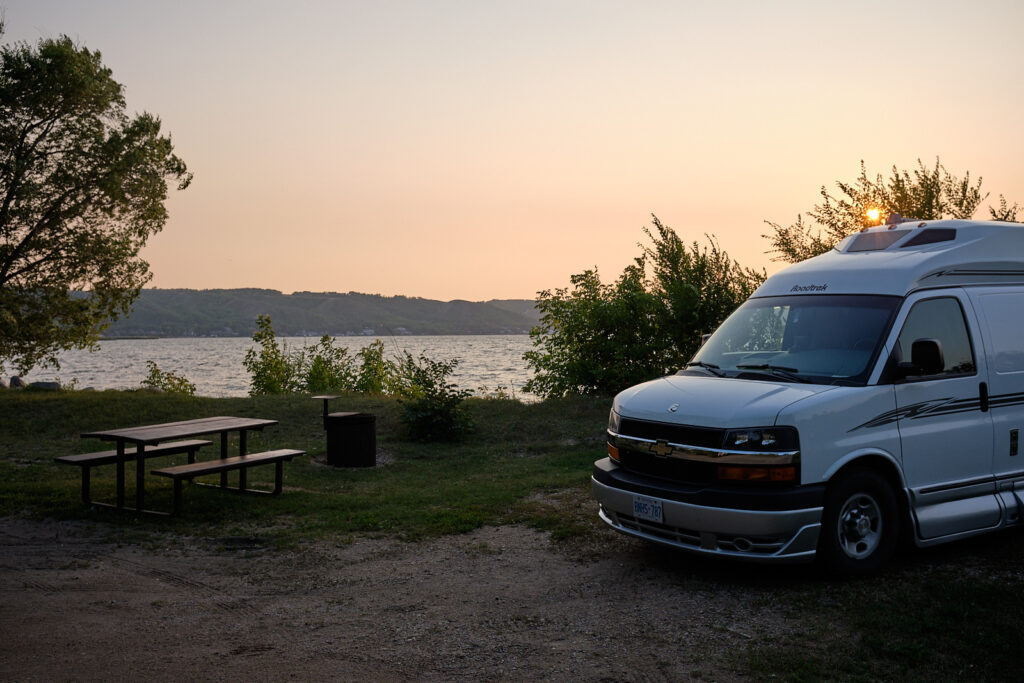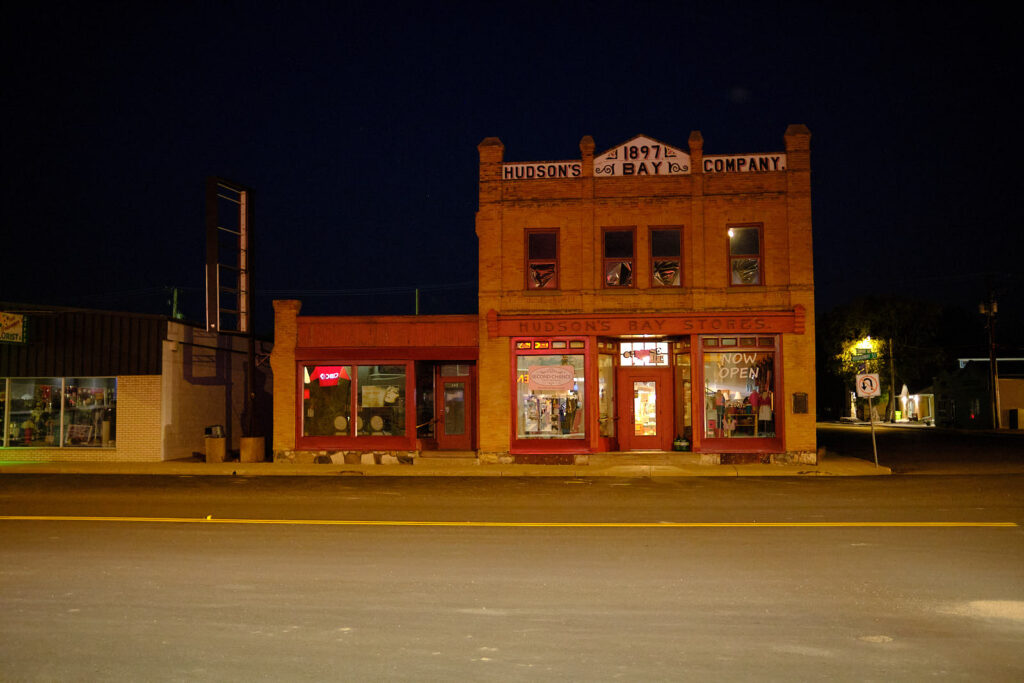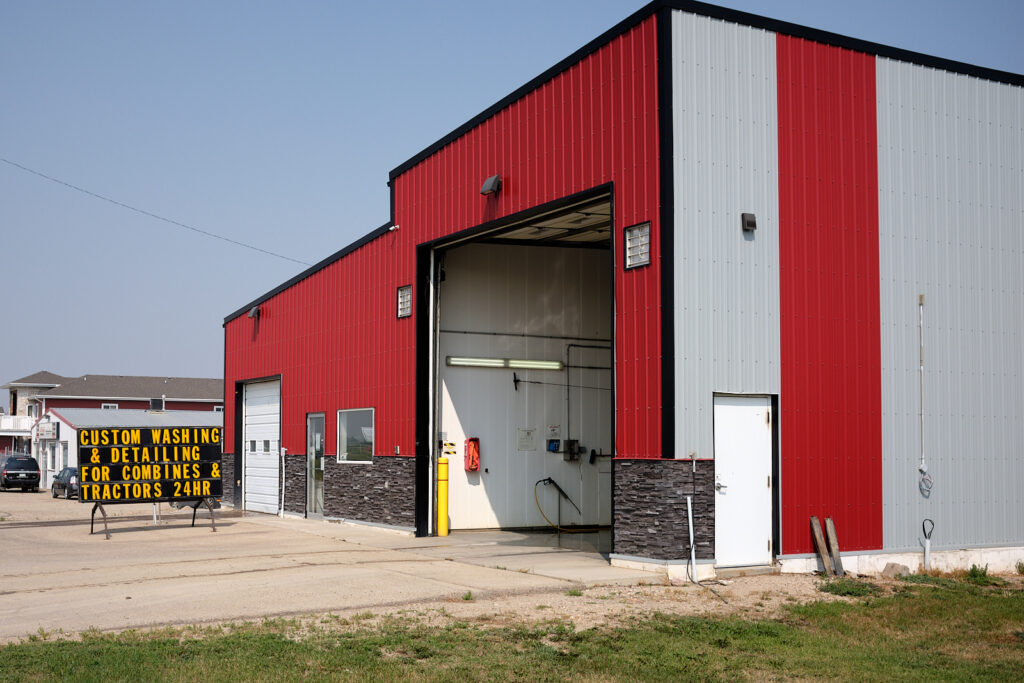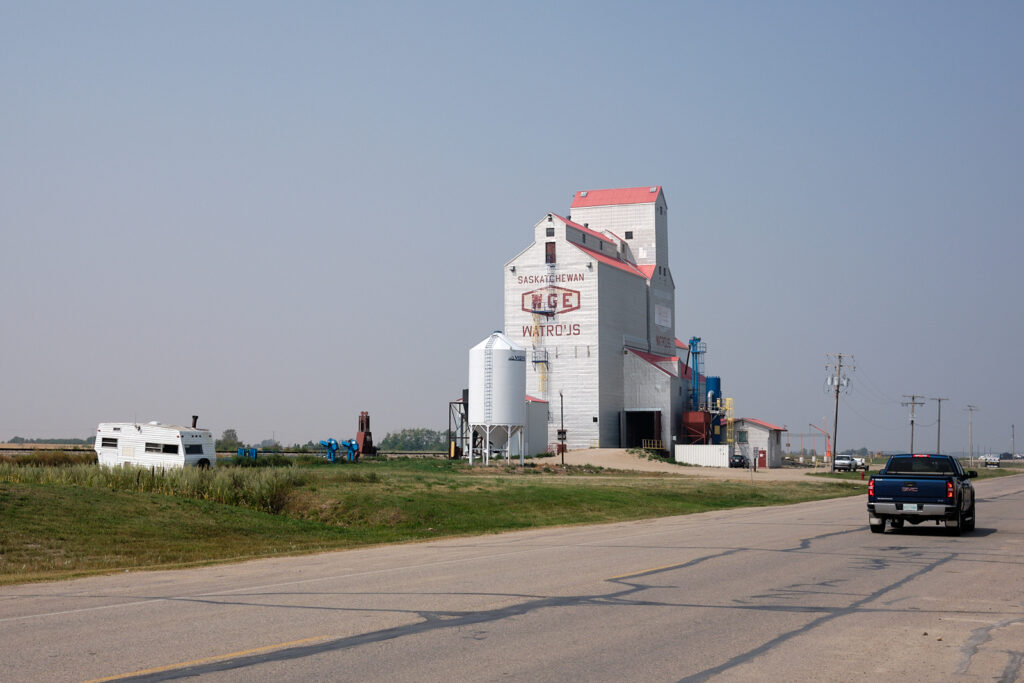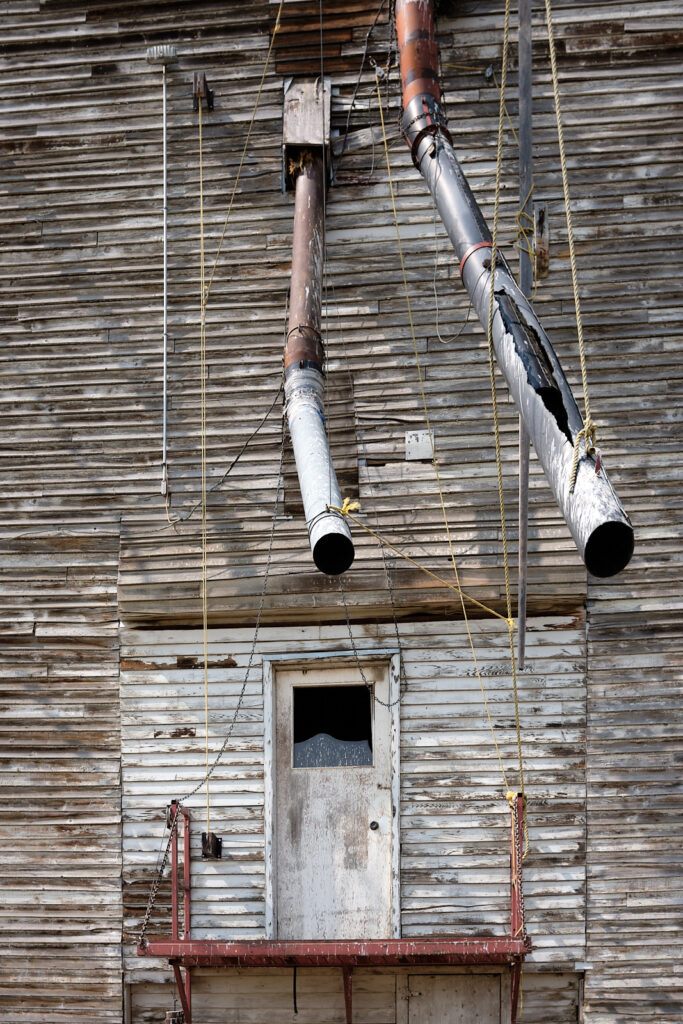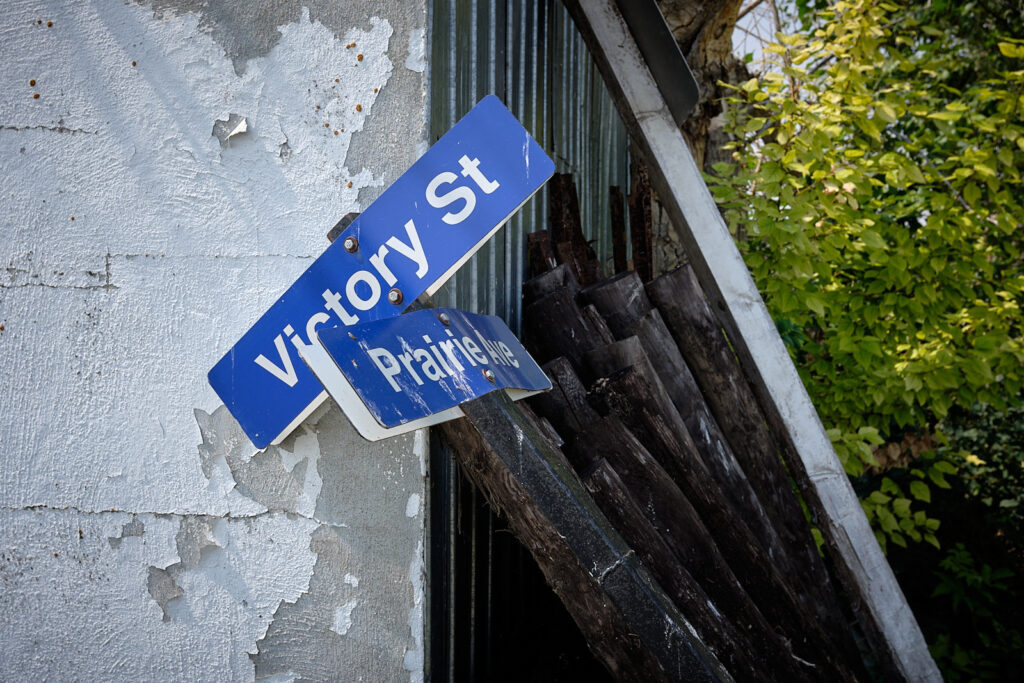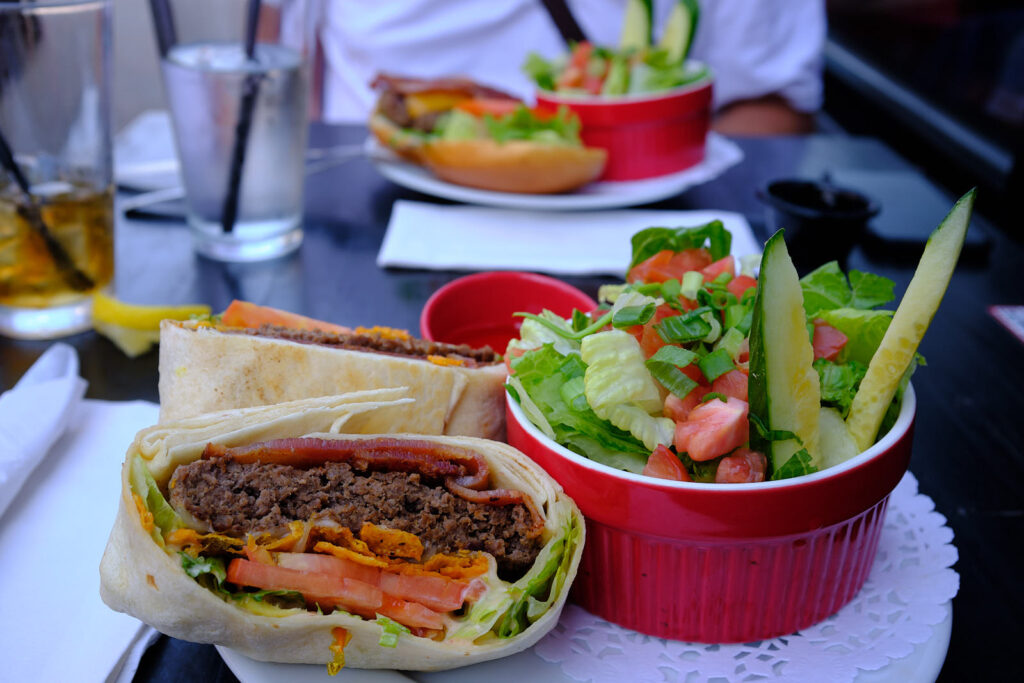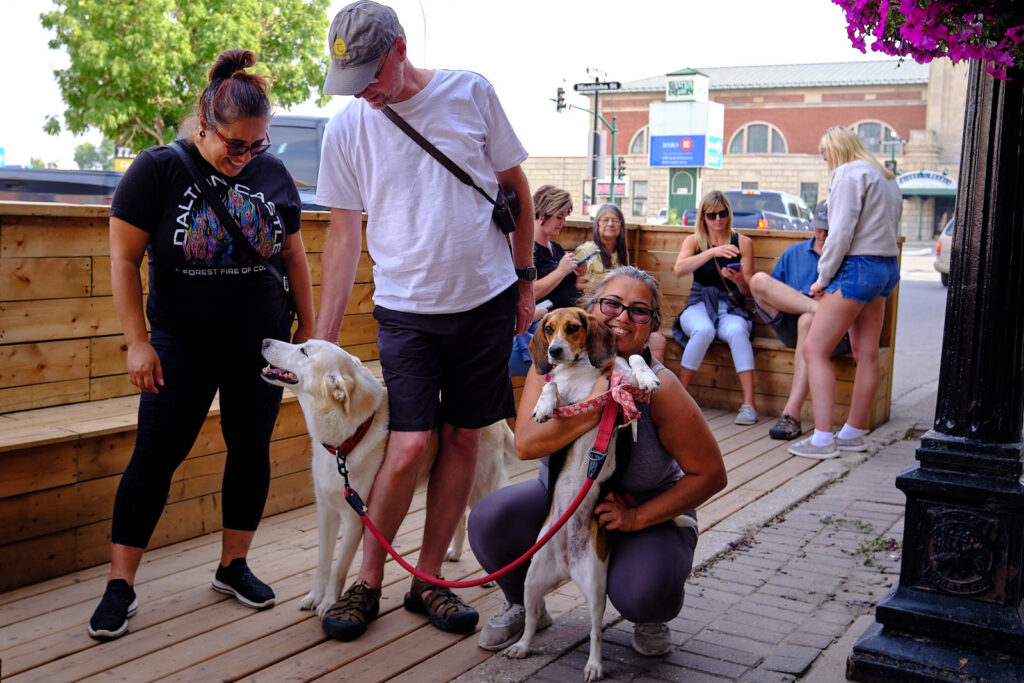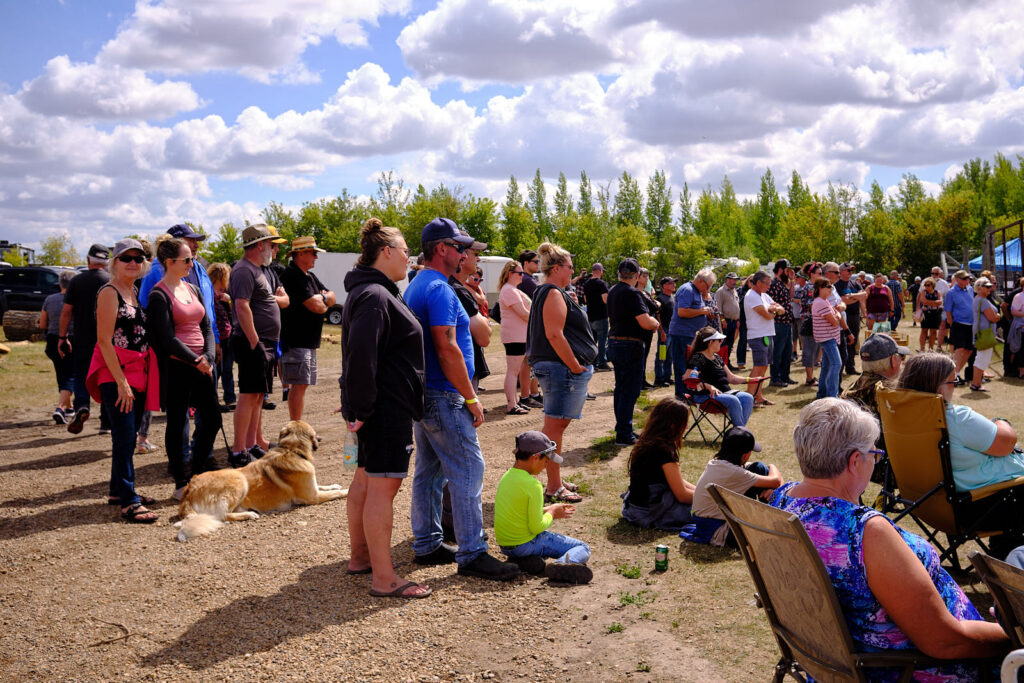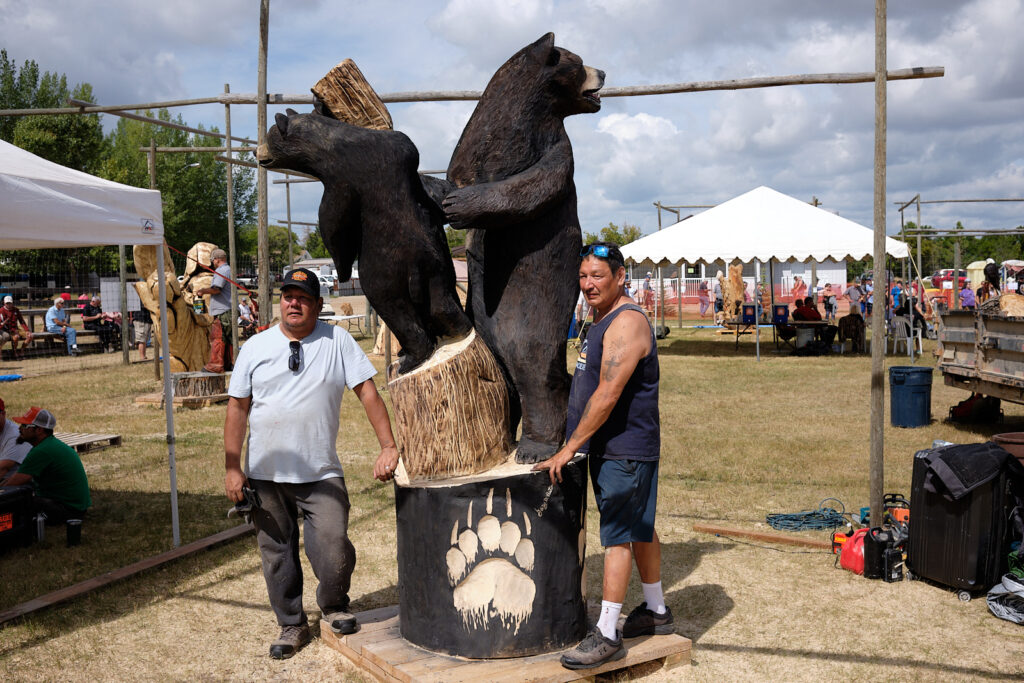Canada has two mint locations, one in Ottawa which largely manufactures collector coins, and one in Winnipeg which manufactures circulation coins for Canada and has produced coins for over 70 other countries since opening in 1976. We loved the flag alley of customer countries on our way to the mint parking lot.
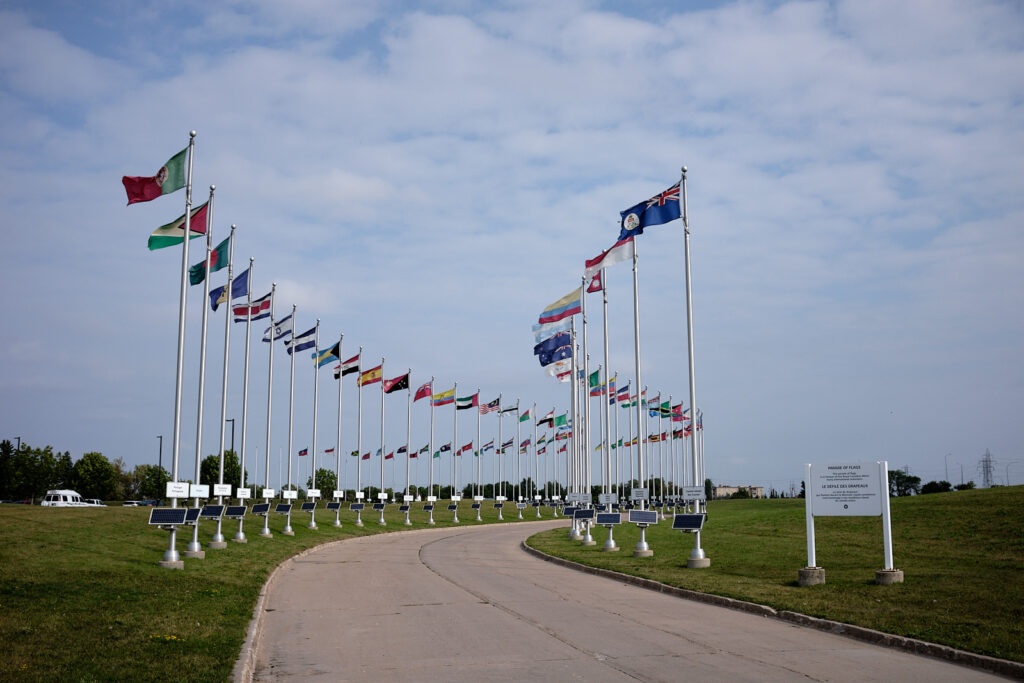
Étienne Gaboury was the architect who designed the Winnipeg mint in a triangular shape that rises up dramatically from the prairie like a mountain.

At the entrance to the mint we met “Loonie”. Unfortunately he was pretty stingy and we had to pay for our own tour. We learned that he wasn’t even supposed to be on the $1 coin but ended up there because the master stamps of the original design of a canoe similar to what had previously been on the silver dollars had been “lost in transit” from Ottawa. To ensure that no counterfeit coins could be manufactured, the design was changed and the loon image was selected.
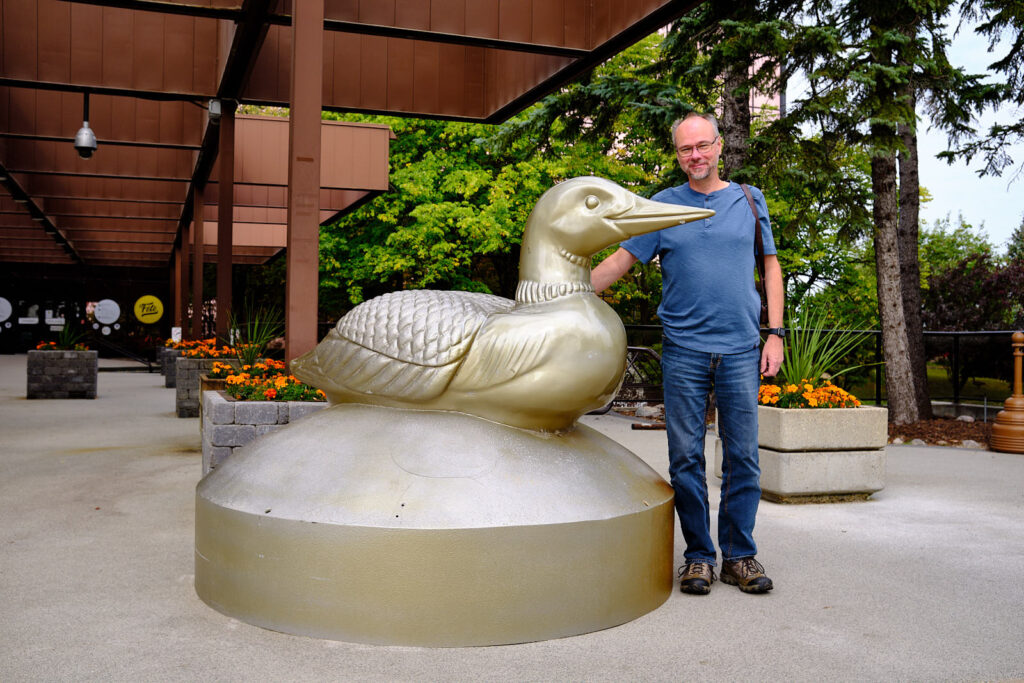
No picture taking is permitted on the tour with the exception of the gift shop and the entrance hall that has a historic coin stamping machine. This machine had been manufactured in Cologne, Germany close to Ruth’s hometown.

We saw the entire manufacturing process starting with the large steel coils from which the coin blanks are stamped. During production the coins are treated with various coatings to give them specific electromagnetic properties so that vending machines can recognize them. Of interest was also the process for making coloured coins. In 2004, Canada was the first country in the world to manufacture coloured circulation coins. We were told the Winnipeg facility makes 1 million Canadian and foreign coins a day.
After the mint, the second highlight of the day were crepes at La Creperie Ker Breizh. The owner came to Canada from Brittany, France in 2018 and began making crepes as a street vendor in Winnipeg before opening this amazing restaurant. The crepes and galettes were delicious!

We had a long interesting conversation with a retired truck driver who had also been a COBOL programmer at one point of his career. He loved truck driving because of the freedom and the people he met along the way.
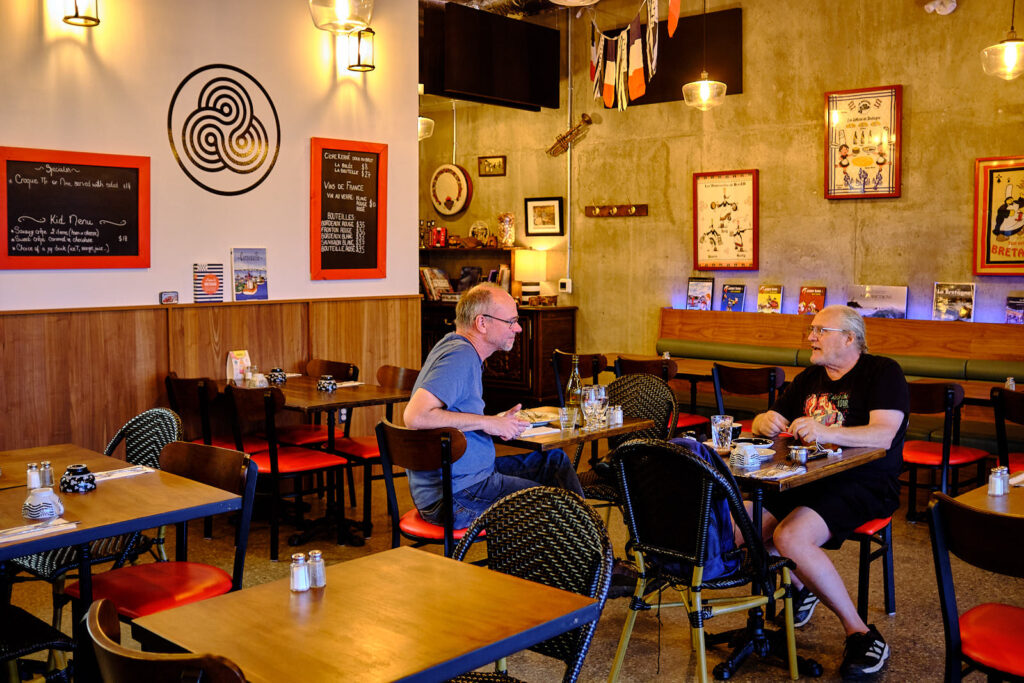
Our third place of interest was the Winnipeg Art Gallery which we were told had a vast Inuit art exhibition. The exhibition included many varied pieces from 500BC to now but we were a bit disappointed in the lack of contextual information besides the artist’s name, title and year.
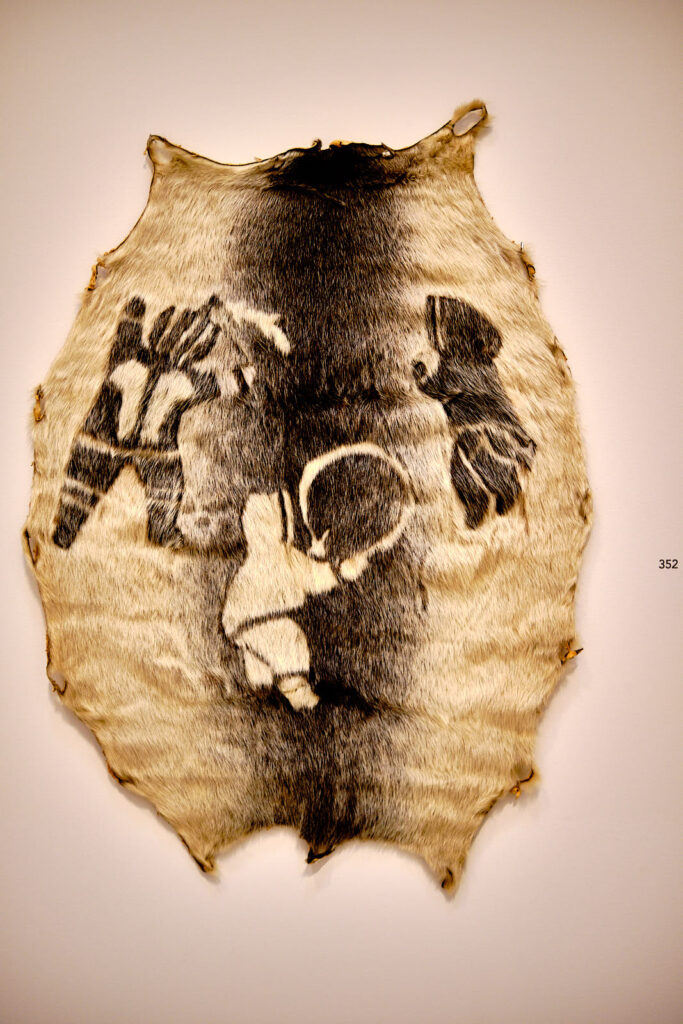
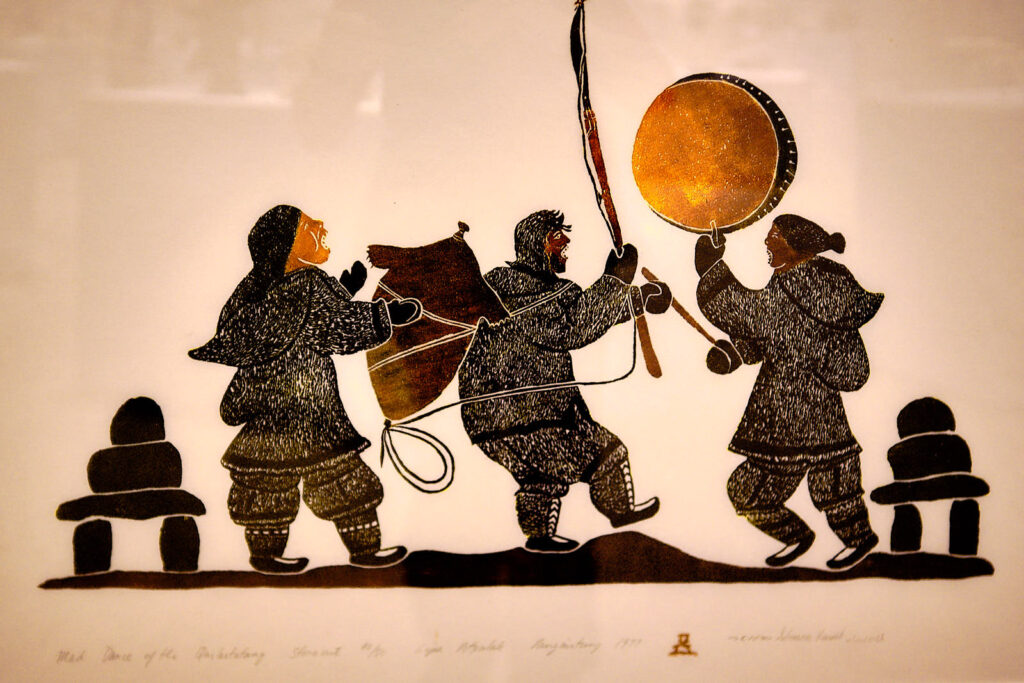
Leaving Winnipeg was a major challenge because of all the road construction and traffic during rush hour. We spent over an hour trying to move 3 blocks before finally giving up and taking side streets to zigzag our way out of the city. Once on the highway it was clear sailing to Falcon Beach Provincial Park where we had previously been and hope to have a day or two of relaxation.
